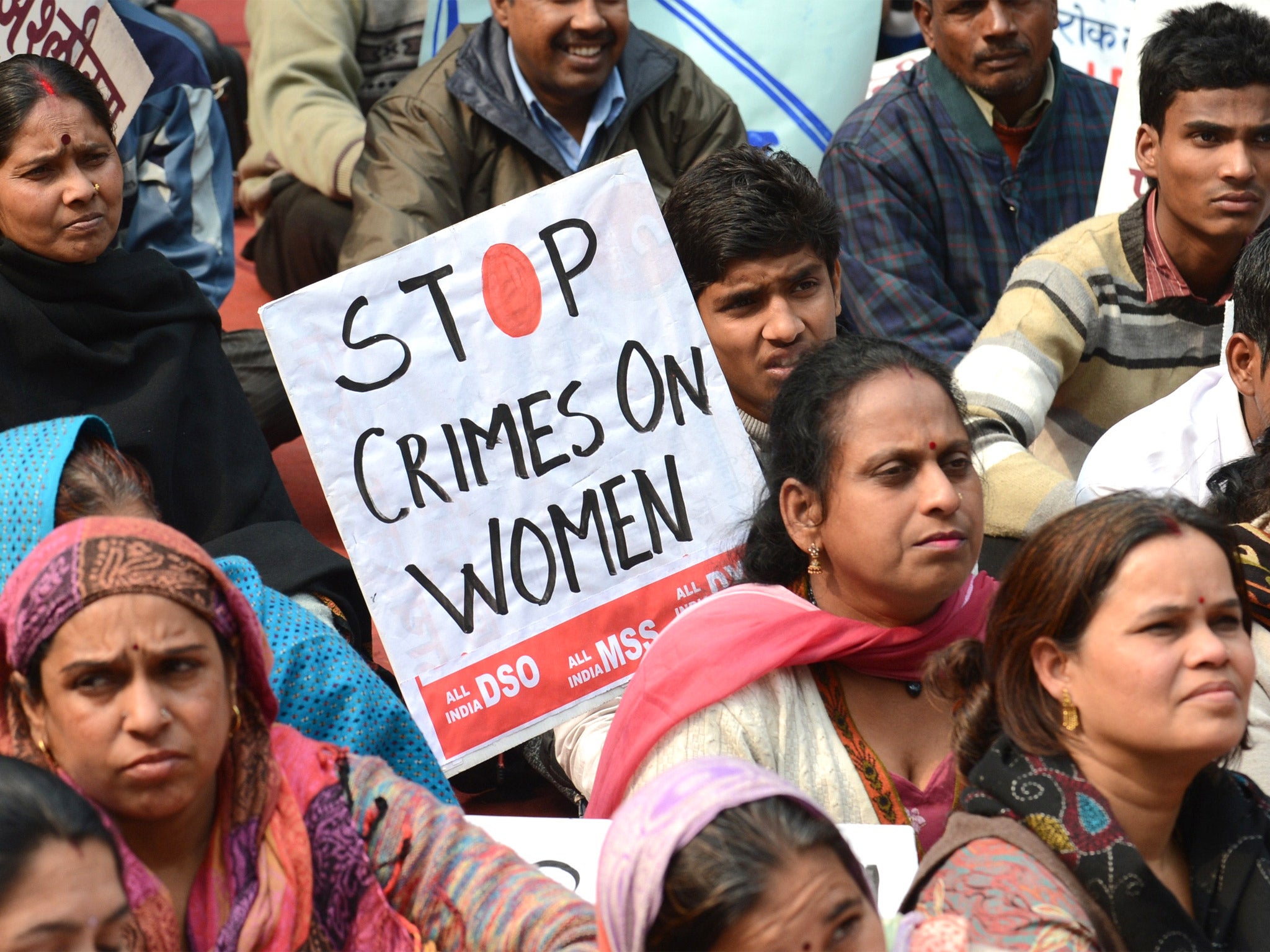Why exactly will the Delhi rape trial be held in private?
The public has a right to know the role of the five men in the attack. Perhaps the real motive is that someone has decided the ensuing publicity might be be bad for India


On Tuesday, evidence will start to be heard in the case of five men accused of the gang-rape and murder of an Indian student.
Up to 80 witnesses are expected to testify about what they saw or heard on 16 December last year when the 23-year-old woman and her male companion were attacked, assaulted and left for dead by the side of a Delhi highway.
The attack on the student, who died two weeks later, triggered widespread protests and an unprecedented debate about the position of women in India. Every twist of the legal proceedings leading up to the presentation of the actual evidence has received relentless coverage.
And yet anyone wishing to hear the evidence against the five, detailing what they allegedly did to the young woman, are likely to be disappointed; the judge hearing the fast-track trial has ruled that the media and the public cannot attend the sessions. Furthermore, it has also been made clear that any of the lawyers briefing the media at the end of the day’s proceedings could find themselves being charged with contempt of court.
Remarkably, the decision by Judge Yogesh Khanna that this most important of cases should be held in private has been met with a whimper rather than a yell.
It is true that some court reporters have filed a challenge with the Delhi high court, even though that is not due to be heard for another week. But while the Indian media has debated furiously the issue of whether or not a sixth-accused male, who is aged 17, should be tried as a juvenile, it has largely ignored the fact that its own reporters have been unceremoniously expelled from the courtroom.
The arguments as to why it is important the media be allowed to attend the hearing are so obvious it feels almost banal to repeat them.
But for any trial to be considered free and fair, the proceedings must be transparent. The public has a right to know the role of the various five men in the attack on the woman. So far, much of what has made its way into the public domain, such as the allegation that the juvenile was the most brutal of the attackers, has come from police leaks to favoured media.
At the same time, the public also has a right to hear the arguments made by the accused men’s lawyers. All five have pleaded not guilty. For the trial to be considered fair, and for any sort of justice to be offered to the family of the 23-year-old woman, it is imperative the men’s arguments are also heard and that they be reported. At least one of the accused, for instance, is expected to argue that he was not even present when the attack happened.
The decision by the judges involved in the case to invoke Section 327 of India’s Code Of Criminal Procedure and to hold the hearings in private, appears to be be based on several factors. One is that because the case involves a rape and Indian law says the victim should not normally be named. Second is the concern raised by police that they fear for the safety of the accused and third, an issue raised on the very first day of the hearing, that lawyers involved in the case were creating such a scene that proceedings became too chaotic.
These are valid concerns but they can be dealt with very simply. Firstly, in relation to not identifying the young woman, it should be stressed hat the Indian media has behaved with uncustomable caution.
Even though the woman’s identity is known to everyone with media circles, can be found within a second by searching the internet and her family has repeatedly said they are happy for her to be named, the Indian media has followed the letter of the law and not identified her. Why would it act differently simply because it was being allowed to enter the court? And if the court really is concerned on this issue, then it could remind reporters that she should not be identified and could even ask she be identified in proceedings as Ms X.
Second is the police’s concern that they cannot guarantee the safety of the accused, even though police elsewhere in India had no problem ensuring the safety of Mumbai attacker Ajmal Kasab. If police really feel there is a threat, then they could frisk people entering the courtroom and install metal detectors. They could even limit the number of seats allotted to the media and it could be covered on a pooled basis.
Thirdly, there is no evidence that now, with proceedings underway, the lawyers involved in the case are resorting to the theatrics that marked the beginning of the trial. If they do, they can be easily warned. It is not a reason to hold the trial in private.
Indeed, the fact that such concerns can be dealt with so easily has led some to question whether the real motive for holding the trial in private, is that someone has decided the ensuing publicity might be be bad for India.
Last week, as prosecutors were preparing to frame the charges against the five men, two other stories covered by the Indian media caught my eye. One was the annual listing of global media freedom by Reporters Without Borders (RWB), which noted India’s position had fallen to its lowest spot since 2002.
Explaining why press freedom in the world’s biggest democracy was listed at 140 out of 179 nations, RWB said reporters had been subjected to the fall-out of violence in places such as Kashmir and Chhattisgarh and said the government had also undermined online freedom of expression. Foreign reporters, the report added, had seen their visa requests turned down or were pressured to provide positive coverage of the country.
The second piece concerned the 65 anniversary of the assassination of Mohandas Gandhi. One newspaper, The Hindu, reprinted several reports from its archives of the shooting on January 30 1948. One of the reports carried a photograph showing the trial of three of the men accused of Gandhi’s assassination - Nathuram Vinayak Godse, Narayan Dattatraya Apte and Vishnu Ramkrishna Karkare. The hearing was conducted over a year at a special court at Delhi’s Red Fort.
It is difficult to imagine something more traumatic for the nascent India than the assassination of such a seminal figure, felled by the bullet of Hindu extremists. (A visit to Birla House in Delhi where Gandhi’s final steps are marked on the ground is an unforgettable experience.) “The light has gone out of our lives and there is darkness everywhere. I do not know what to tell you and how to say it,” India’s first prime minister, Jawaharlal Nehru, told crowds that night, who gathered at the place Gandhi had been killed just hours earlier.
Despite the trauma, despite the outbreak of violent clashes in some parts of the country, the authorities managed to try those accused of Gandhi’s killing. Two of the accused were sentenced to death and hanged, a third was jailed for life. Astonishingly, given the public mood, a fourth suspect, Vinayak Damodar Savarkar, was found not guilty and set free for lack of evidence.
As this old piece of British Pathe film footage confirms, the media was present to record what happened. And that was 65 years ago.
Join our commenting forum
Join thought-provoking conversations, follow other Independent readers and see their replies
Comments
Bookmark popover
Removed from bookmarks